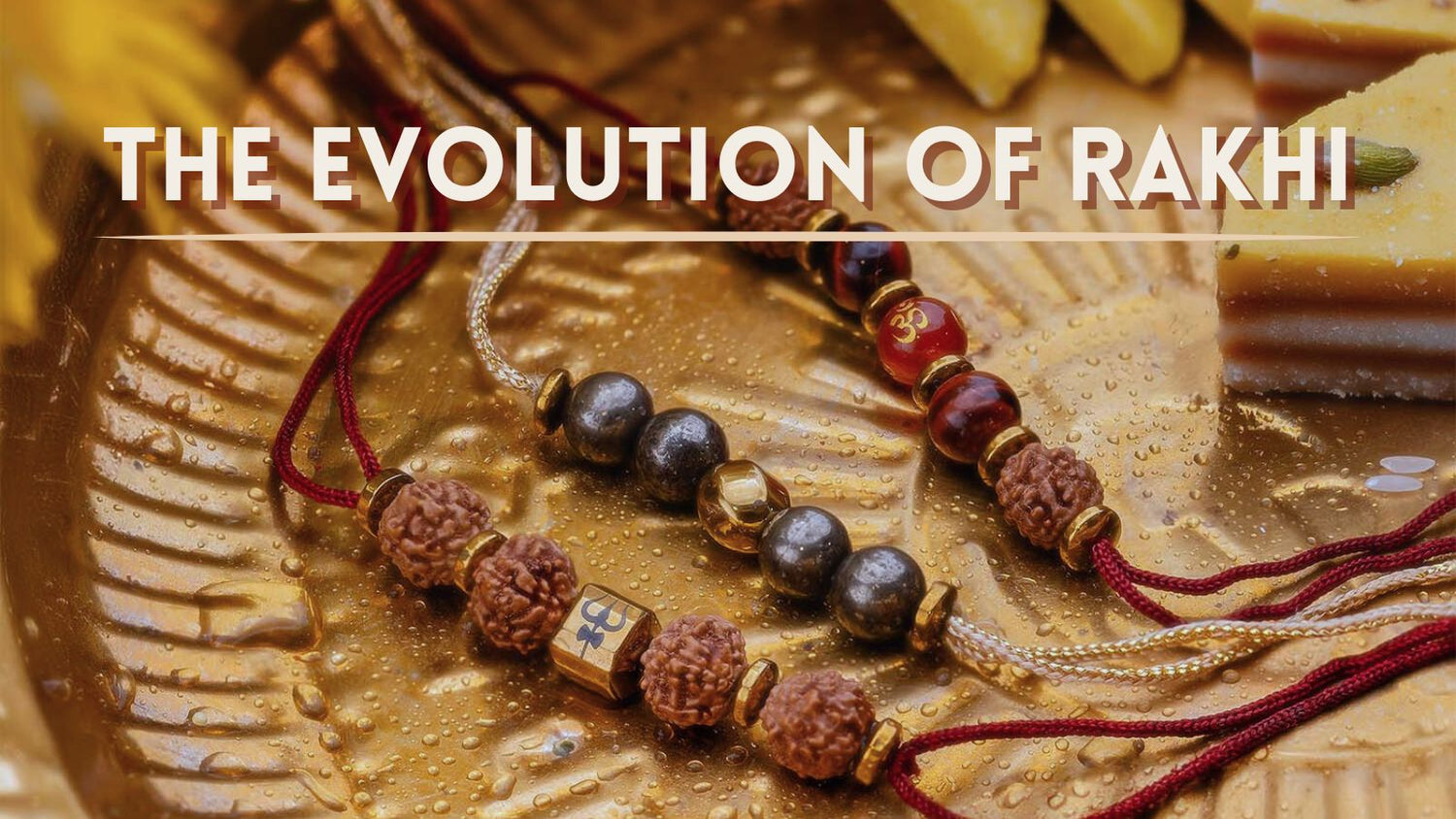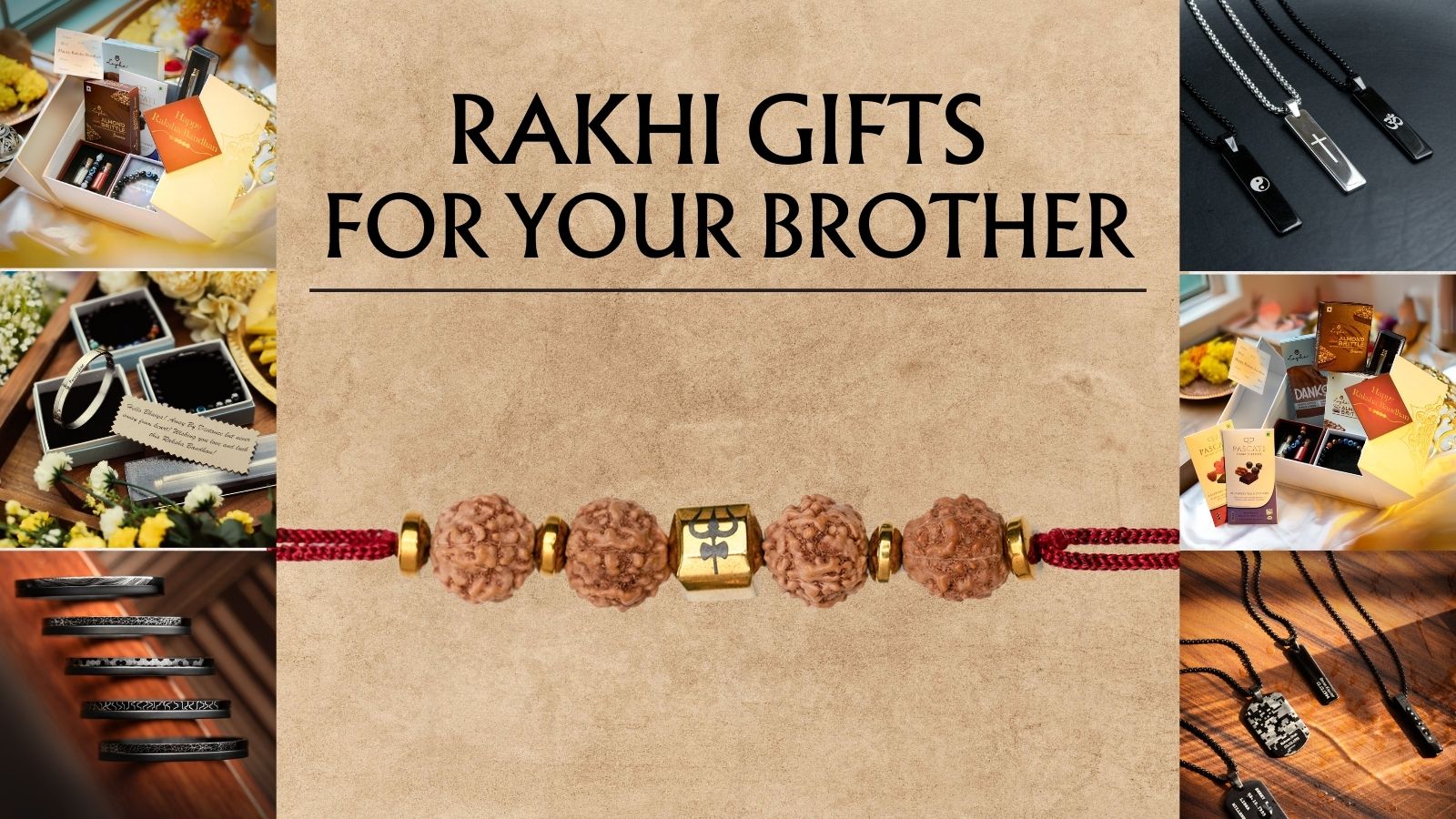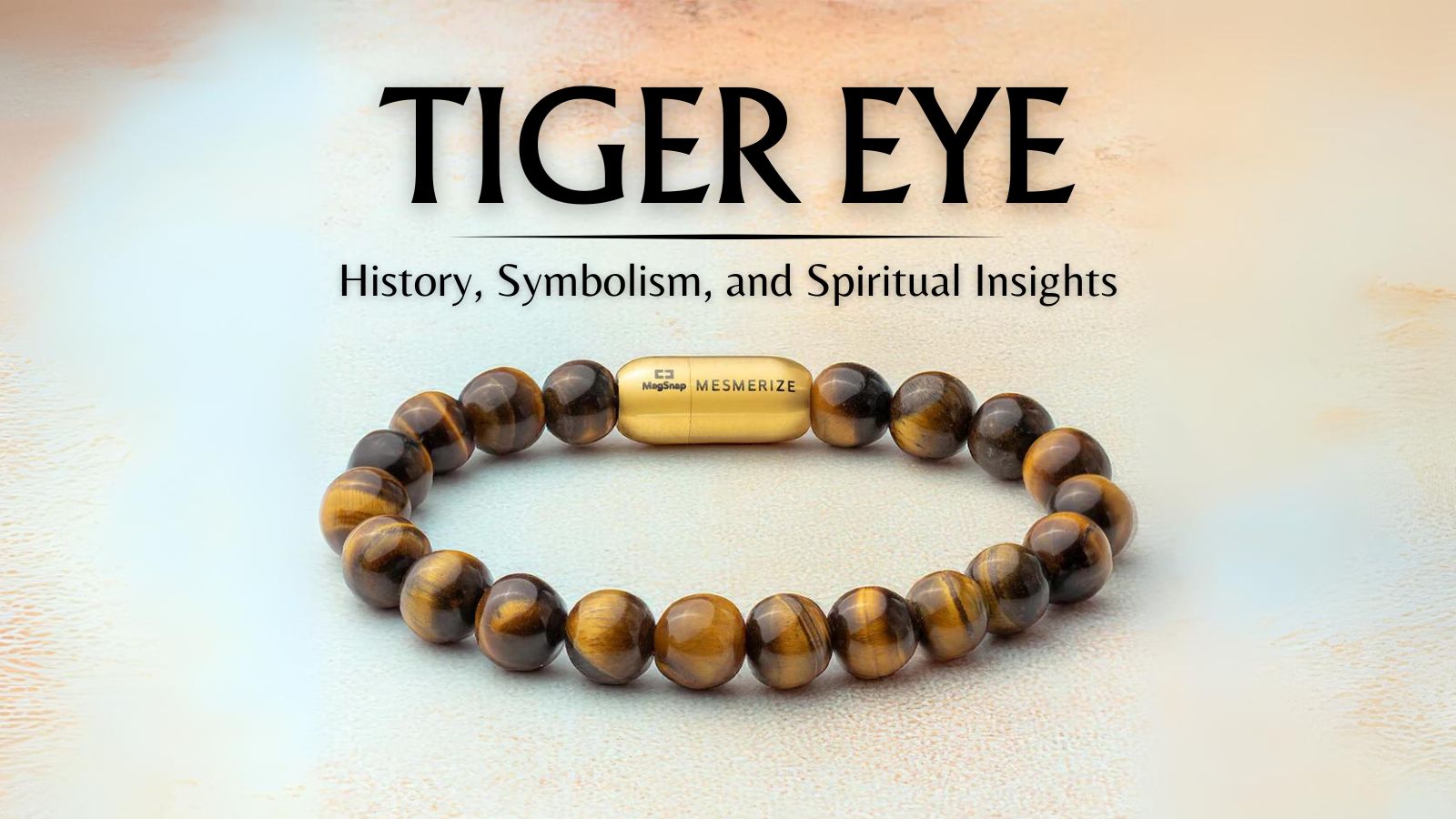Rakhi, or Raksha Bandhan, is a special festival in India that celebrates the bond between brothers and sisters. It's a day filled with love, protection, and promises. Over the years, the way we celebrate Rakhi has changed a lot, blending old customs with new ideas. Let’s take a look at how Rakhi has evolved from its traditional roots to its modern-day celebrations.
Traditional Beginnings: The Original Rakhi
Rakhi has been celebrated for centuries as a way for siblings to show their love and care for each other. The main ritual involves a sister tying a colorful thread, called a rakhi, around her brother’s wrist. In return, the brother promises to protect her and look after her.
In the old days, Rakhi was quite simple. The rakhi was usually handmade with threads and basic materials. The celebration was more about the heartfelt promise and less about big parties or fancy gifts.
Cultural Meaning: More Than Just a Thread
Rakhi is not just about tying a thread. It represents deep values of love, trust, and protection. There are many stories from Hindu mythology that highlight the importance of Rakhi. For example, the story of Rani Karnavati and Emperor Humayun shows how Rakhi has been important in history as a symbol of protection and respect.
In ancient times, Rakhi was also linked with religious ceremonies and deities. It was a way to reinforce the duties and care that siblings owe to each other.
Modern Changes: How Rakhi Has Transformed
In recent years, Rakhi has changed a lot. Here’s how:
- Variety of Rakhis: From Simple to Stylish
In the past, rakhis were simple and made at home. Today, they come in many designs and materials. You can find rakhis made of gold, silver, crystals, and more. This change reflects new tastes and styles, making Rakhi more personalized and unique.
- Global Reach: Rakhi Around the World
With the rise of online shopping, Rakhi is now celebrated not just in India but across the globe. People living in different countries can send rakhis and gifts to their loved ones back home. This international reach has introduced Rakhi to new audiences and allowed people from various backgrounds to join in the celebrations.
- Inclusive Celebrations: Everyone Gets Involved
Traditionally, Rakhi was about brothers and sisters. Today, people celebrate Rakhi with all kinds of loved ones, including cousins and friends. This inclusive approach reflects a more modern view of relationships, where the bond of care and love extends beyond just siblings.
- Digital Rakhis: Celebrating Online
Technology has also changed how we celebrate Rakhi. With video calls and online gifts, families who are far apart can still celebrate together. Digital rakhis and virtual ceremonies make it possible for people to keep the tradition alive, even if they can’t be together in person.
Looking Ahead: Rakhi’s Future
Rakhi will keep evolving, mixing old traditions with new ideas. The core values of love and protection will always be there, even as the ways we celebrate change. Whether through traditional rituals or modern methods, Rakhi will continue to be a special time for families to come together and celebrate their bond.
In short, Rakhi’s journey from simple threads to modern celebrations shows how traditions can adapt while still keeping their heart. As we move forward, Rakhi will remain a beloved festival, celebrating both the old and the new in a joyful embrace.




Leave a comment
All comments are moderated before being published.
This site is protected by hCaptcha and the hCaptcha Privacy Policy and Terms of Service apply.